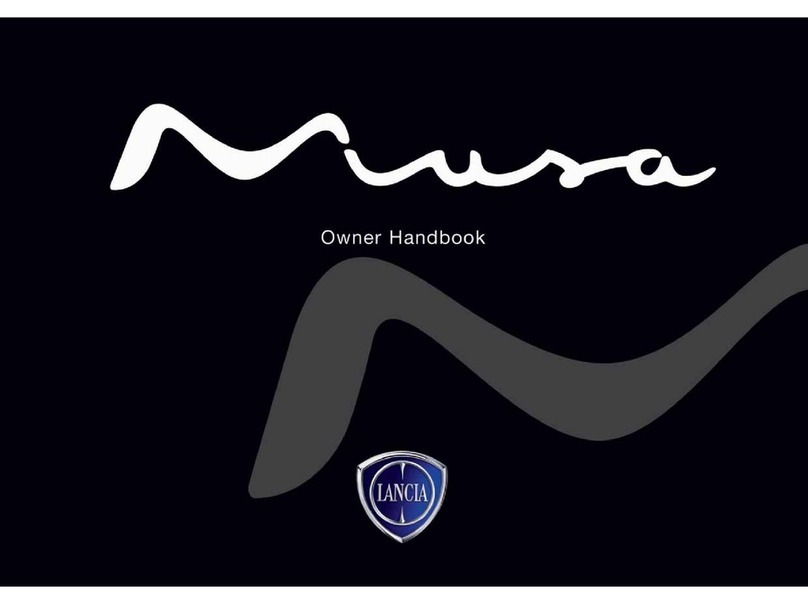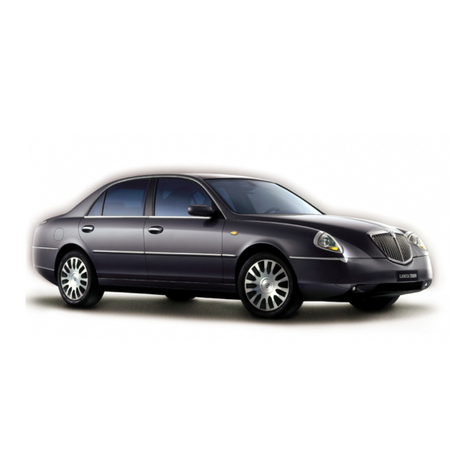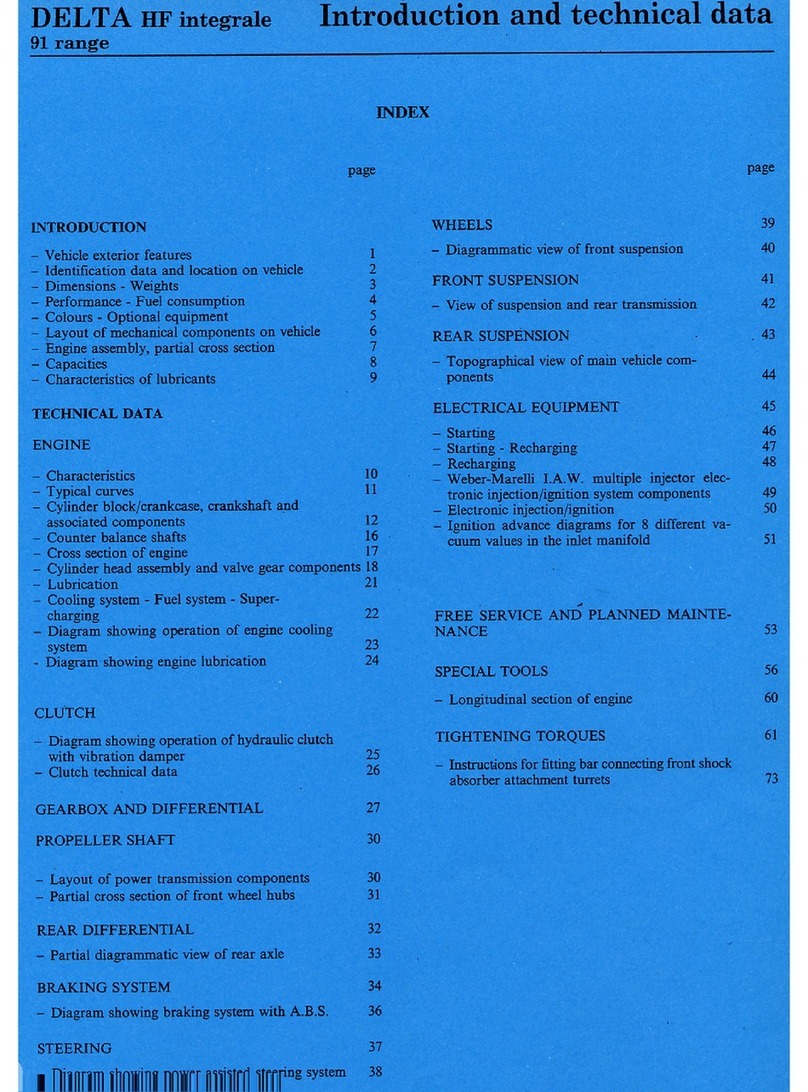Lancia Lybra User guide
Other Lancia Automobile manuals
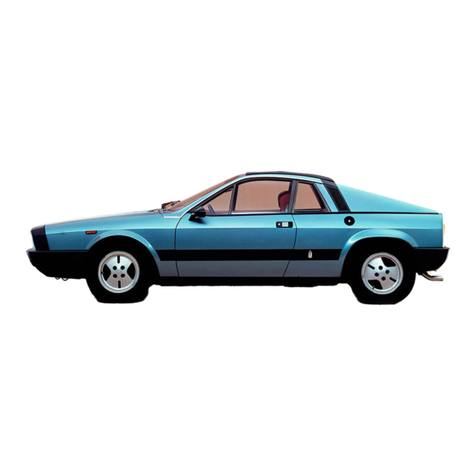
Lancia
Lancia Beta montecarlo Install guide

Lancia
Lancia K Instruction manual
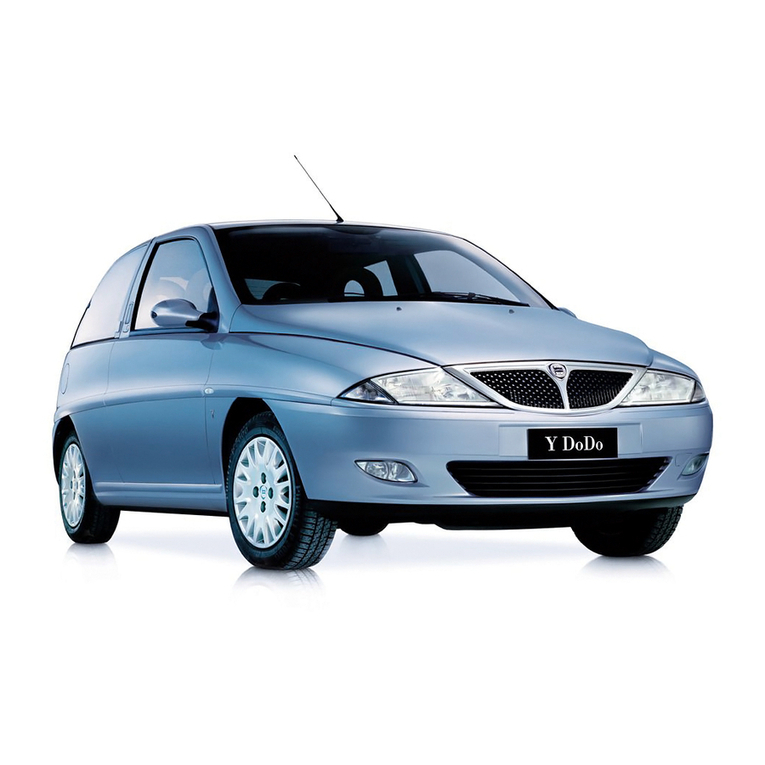
Lancia
Lancia Y User guide

Lancia
Lancia Delta User guide
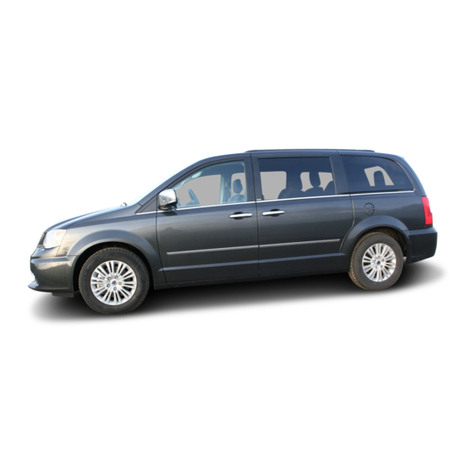
Lancia
Lancia Voyager 2014 User guide

Lancia
Lancia Ypsilon User guide

Lancia
Lancia 1993 DELTA HHF Integrale 16v Instruction manual
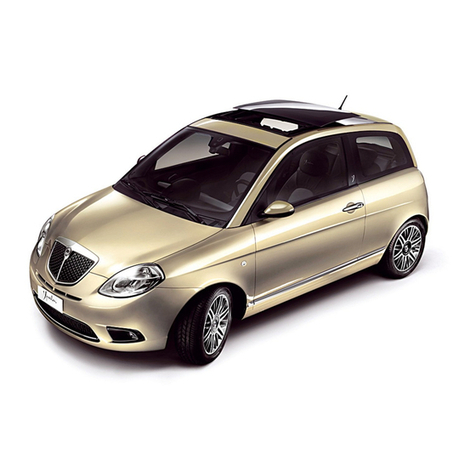
Lancia
Lancia Ypsilon User guide
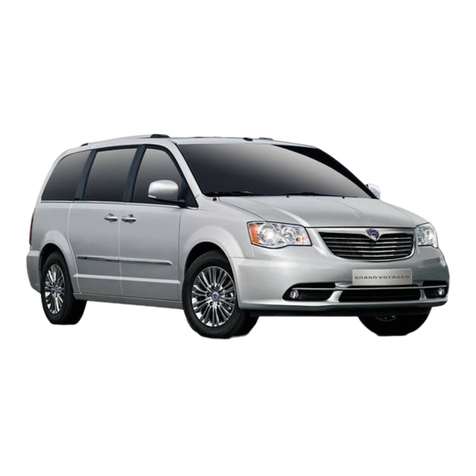
Lancia
Lancia Voyager 2015 User guide

Lancia
Lancia Ypsilon User guide
